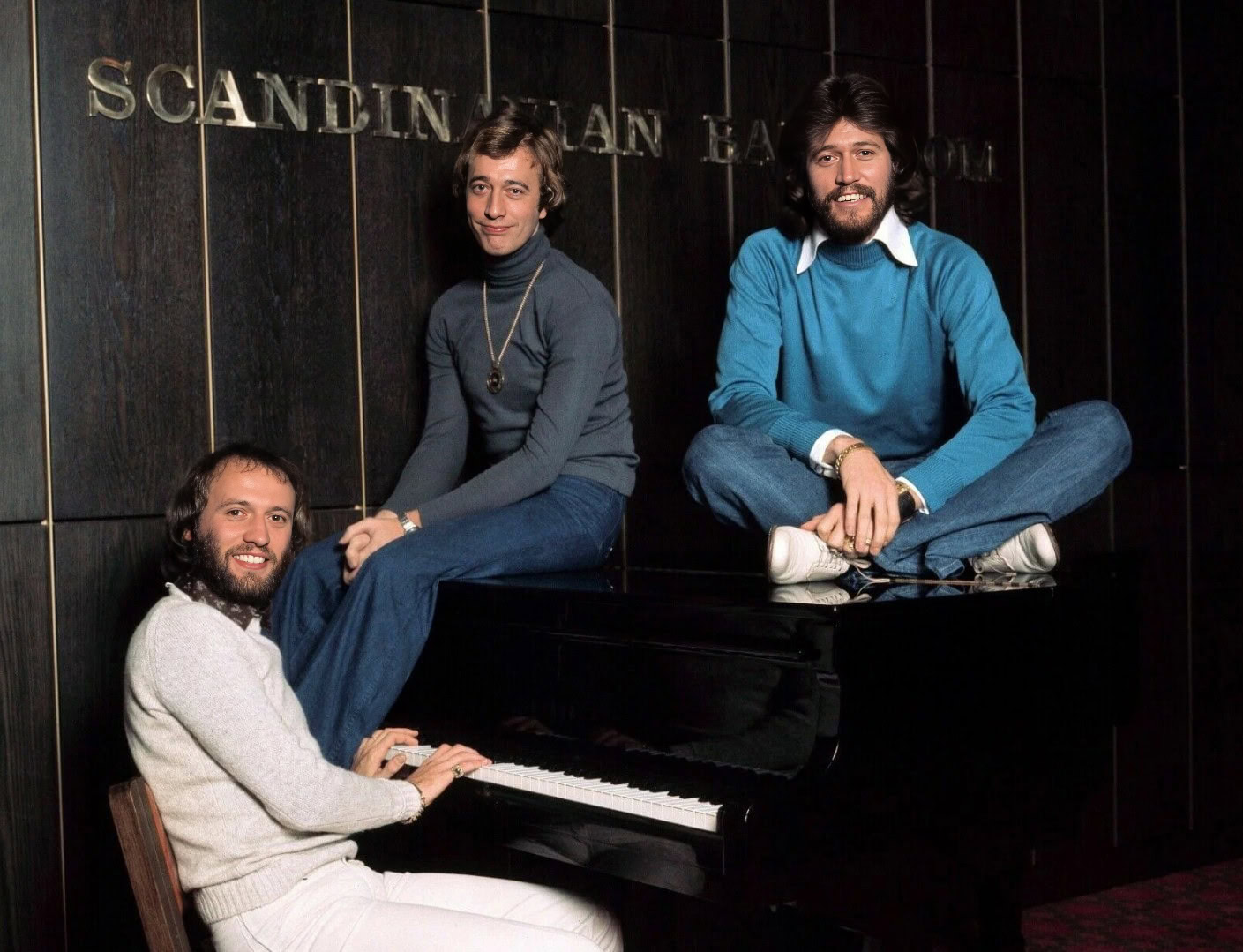
“Stayin’ Alive,” released in 1977, is a quintessential disco anthem by the Bee Gees, a British-Australian pop group formed by brothers Barry, Robin, and Maurice Gibb. This iconic track, instantly recognizable for its falsetto vocals and driving beat, became a defining song of the disco era and remains a globally recognized classic.
Originally written for the soundtrack of the film *Saturday Night Fever*, “Stayin’ Alive” transcended its cinematic origins to become a cultural phenomenon. The song’s infectious rhythm and catchy chorus resonated with audiences worldwide, propelling it to the top of music charts. It peaked at number one on the Billboard Hot 100 in the US, staying there for four weeks, and achieved similar success internationally. It also won a Grammy Award for Best Pop Vocal Performance by a Group.
Thematically, “Stayin’ Alive” presents a layered message. While often perceived as a purely upbeat dance track, the lyrics delve into the struggles of urban survival. Lines like “Life goin’ nowhere, somebody help me” reveal a deeper undercurrent of desperation and the fight to persevere amidst hardship. The song captures the gritty reality of city life, contrasting the glamour of the disco scene with the underlying struggles of individuals trying to make it.
Public reception to “Stayin’ Alive” was, and continues to be, overwhelmingly positive. Its enduring popularity is evident in its frequent use in films, television shows, and commercials. The song has been embraced across generations, becoming a staple at parties and events. More surprisingly, the song’s rhythmic tempo was found to be ideal for performing CPR, and it has been used in training for the life-saving procedure. It is fair to say that, from the dance floor to the emergency room, “Stayin’ Alive” truly lives up to its name.
